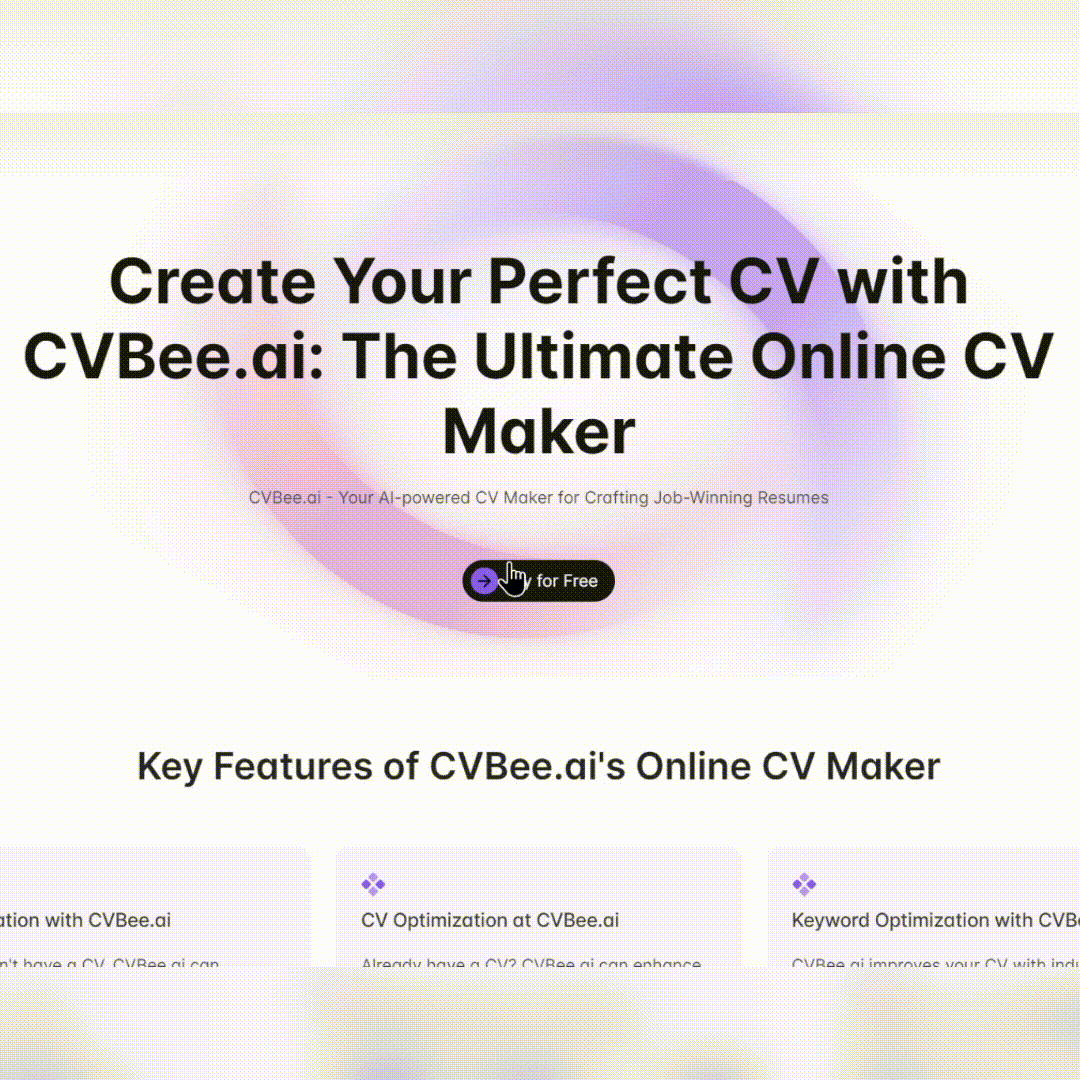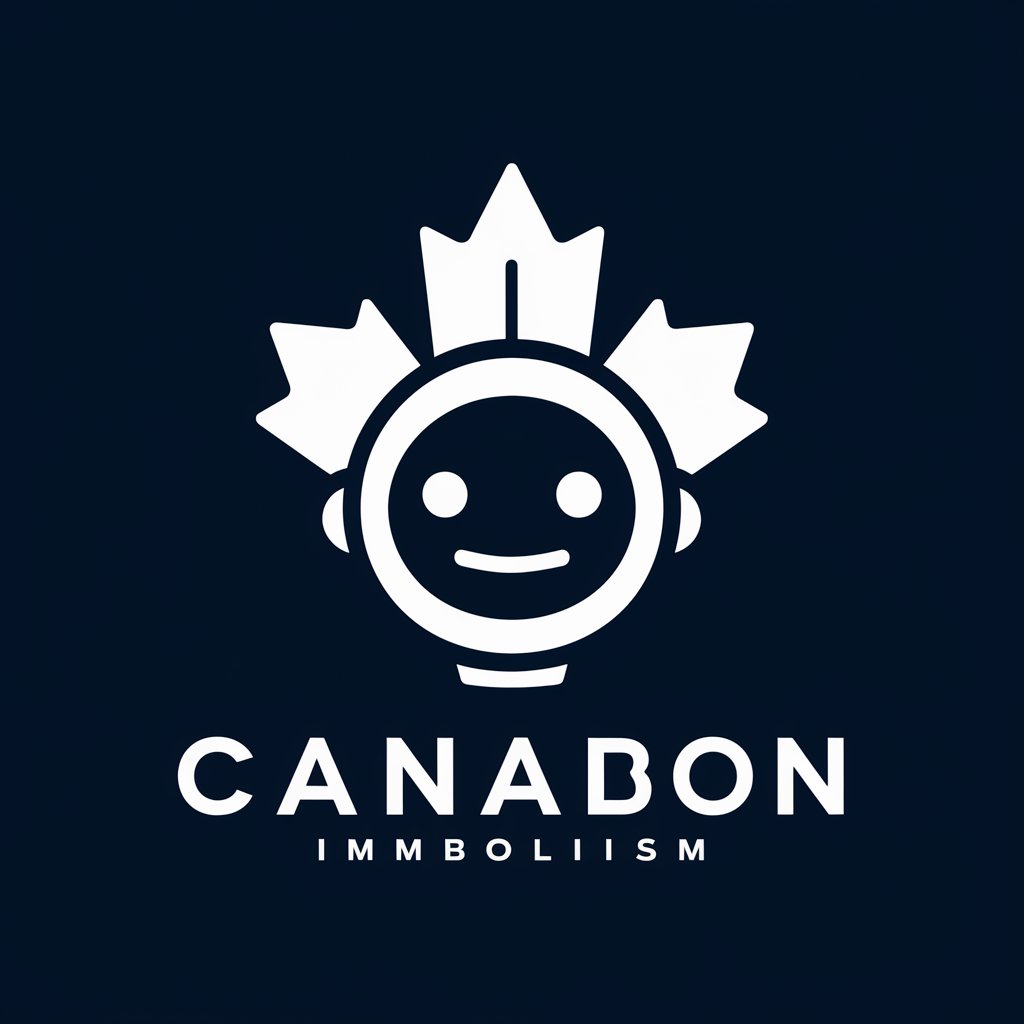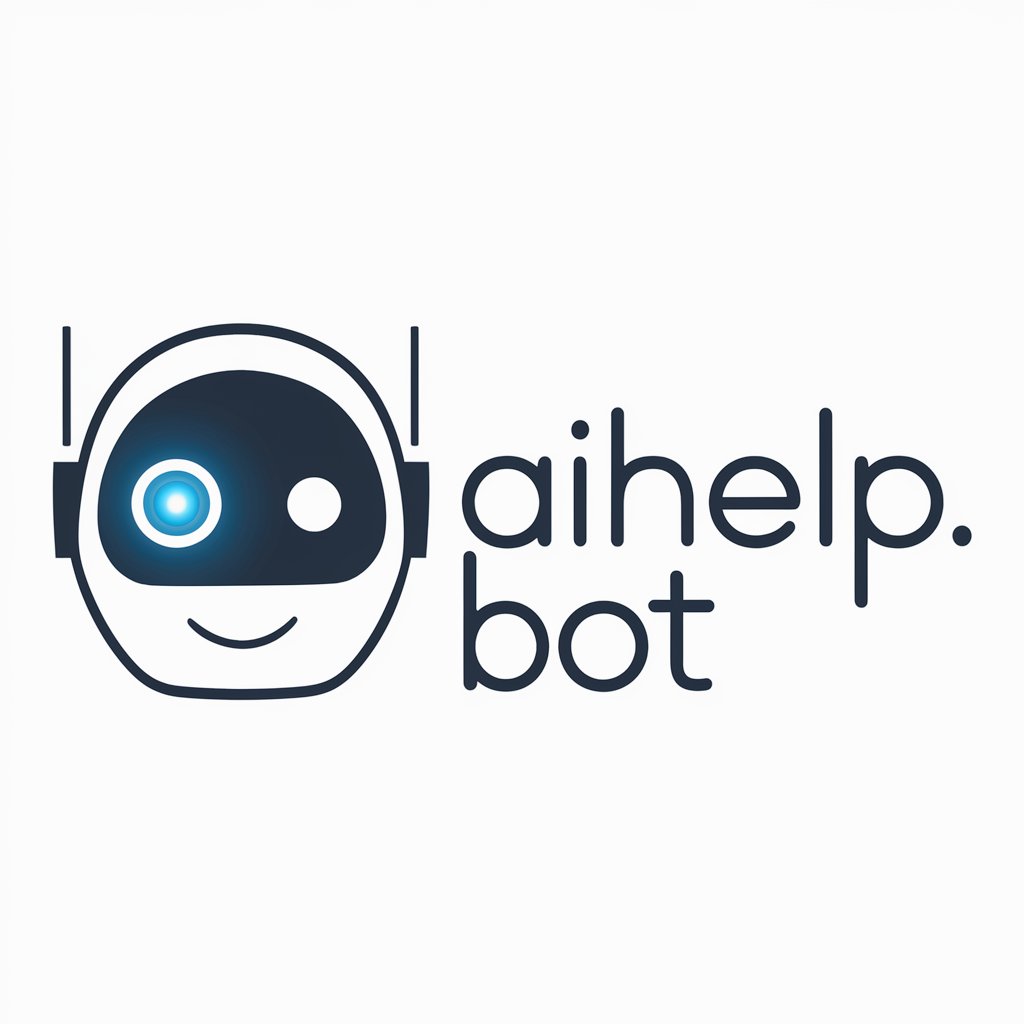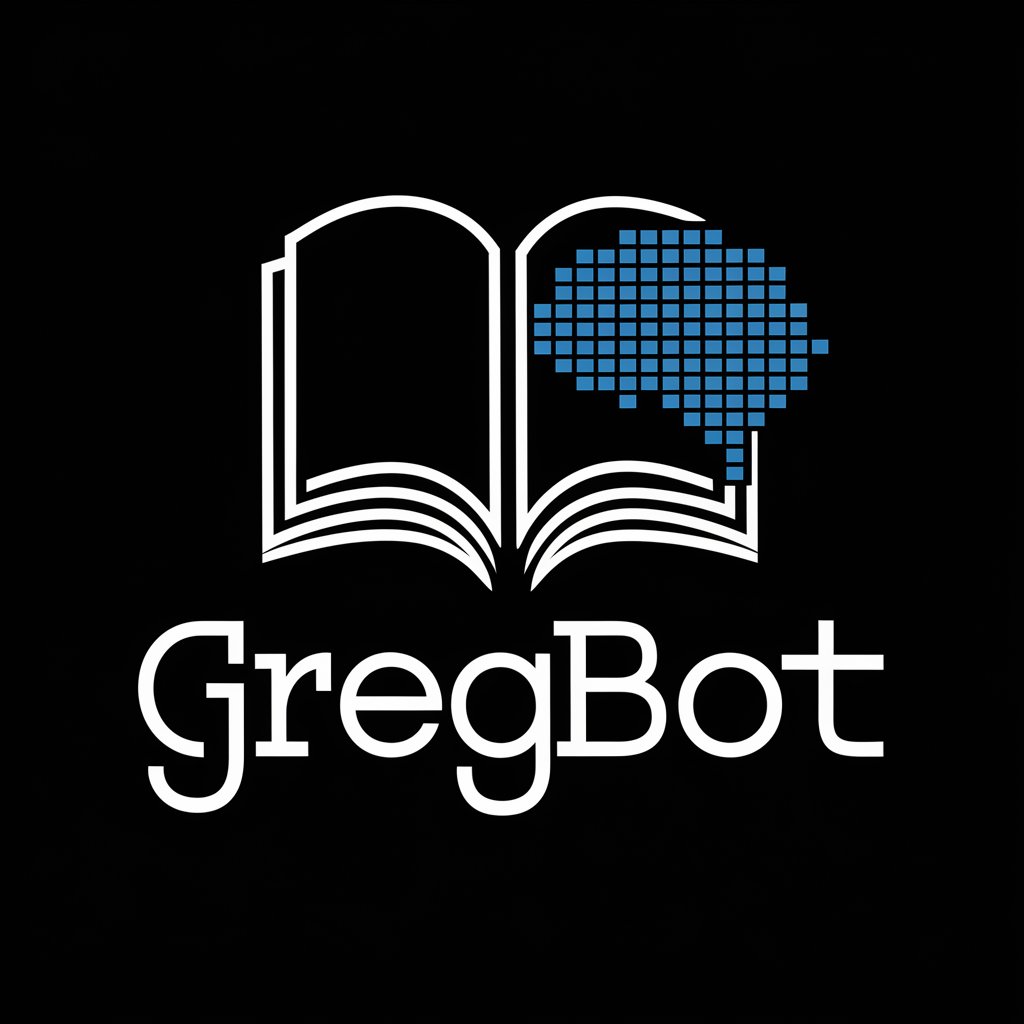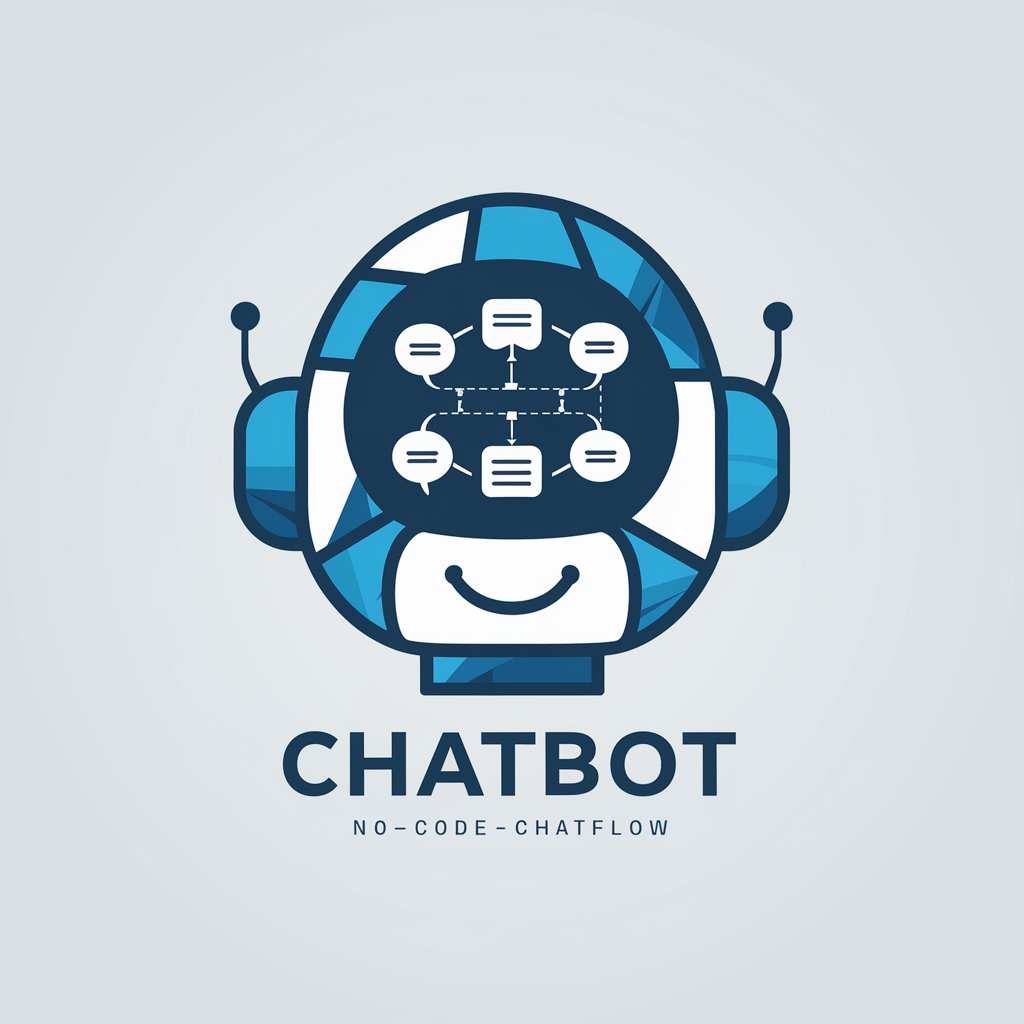
OHIF-Bot - OHIF Bot Medical Imaging
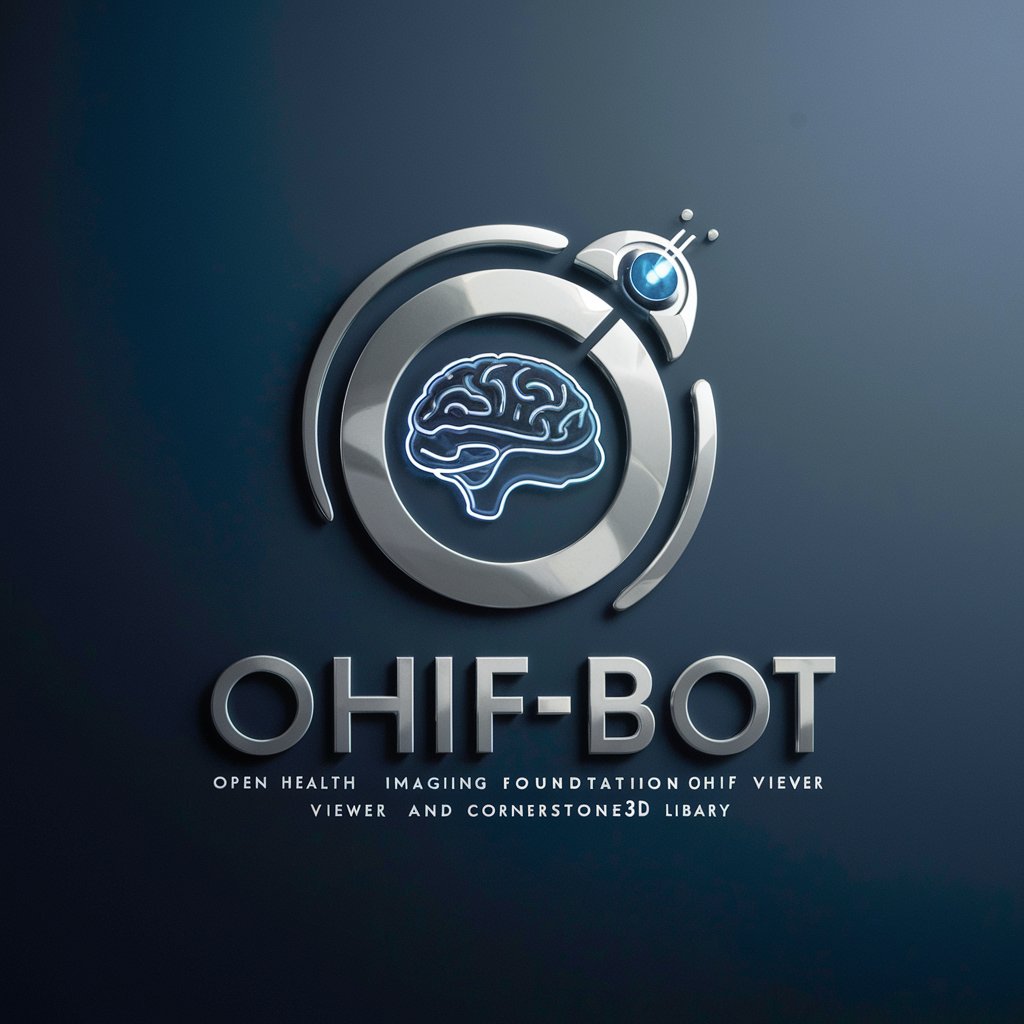
Hello! How can I assist you with OHIF or Cornerstone3D today?
Empowering imaging with AI insights
Explain the various data sources supported by OHIF.
Detail the differences between viewport types in Cornerstone3D.
Describe how to load images in OHIF Viewer.
What are the key features of the Cornerstone3D library?
Get Embed Code
Introduction to OHIF-Bot
OHIF-Bot is a specialized assistant designed to provide detailed assistance and information on the Open Health Imaging Foundation (OHIF) Viewer and the Cornerstone3D library. The primary purpose of OHIF-Bot is to help users understand the functionalities, features, and technical aspects of these medical imaging tools. This specialized GPT draws knowledge from official documentation, version-specific updates, and technical discussions. For example, OHIF-Bot can explain the differences in image loading techniques within OHIF, which supports various data sources like DICOM Web, static files, and APIs, providing practical insights into their application in medical imaging workflows. Powered by ChatGPT-4o。

Main Functions of OHIF-Bot
Detailed Explanations
Example
Explaining DICOM Web usage in OHIF for accessing and managing medical images across various platforms.
Scenario
A hospital IT department integrating OHIF into their existing PACS system to enhance radiological workflows.
Technical Support
Example
Assisting in troubleshooting issues related to the Cornerstone3D library, such as problems with 3D volume rendering.
Scenario
A software developer working on adding advanced 3D imaging capabilities to a web-based medical imaging application.
Guided Implementation
Example
Providing step-by-step guidance on integrating Cornerstone3D's viewport types like stack, volume, volume3D, and video into healthcare applications.
Scenario
A team of developers designing a new telehealth platform that includes real-time medical image analysis.
Ideal Users of OHIF-Bot Services
Healthcare IT Professionals
These users benefit from OHIF-Bot's ability to provide detailed technical support and integration guidance for medical imaging software, helping them maintain and optimize imaging systems.
Software Developers in Healthcare
Developers utilize OHIF-Bot to understand how to implement and troubleshoot the OHIF Viewer and Cornerstone3D libraries within their projects, enhancing their development efficiency and product functionality.
Medical Researchers
Researchers use OHIF-Bot for insights into how they can leverage advanced imaging functionalities in their research projects, particularly for studies involving complex imaging data.

Guide on How to Use OHIF-Bot
Step 1
Visit yeschat.ai for a complimentary trial; no account or ChatGPT Plus required.
Step 2
Explore available documentation on OHIF and Cornerstone3D to understand their interfaces and functionalities.
Step 3
Interact with OHIF-Bot by asking specific questions about OHIF Viewer or Cornerstone3D library capabilities.
Step 4
Use the provided responses to enhance your project or research, applying the information to your specific use case.
Step 5
For advanced queries, refer to additional documents and the bot’s recommendations to deepen your understanding.
Try other advanced and practical GPTs
日本国内旅行アドバイザー
Discover Japan with AI-powered travel tips

+COPYWRITER+
Craft Your Words with AI Power

midjourney提示词生成
Craft Visual Narratives with AI
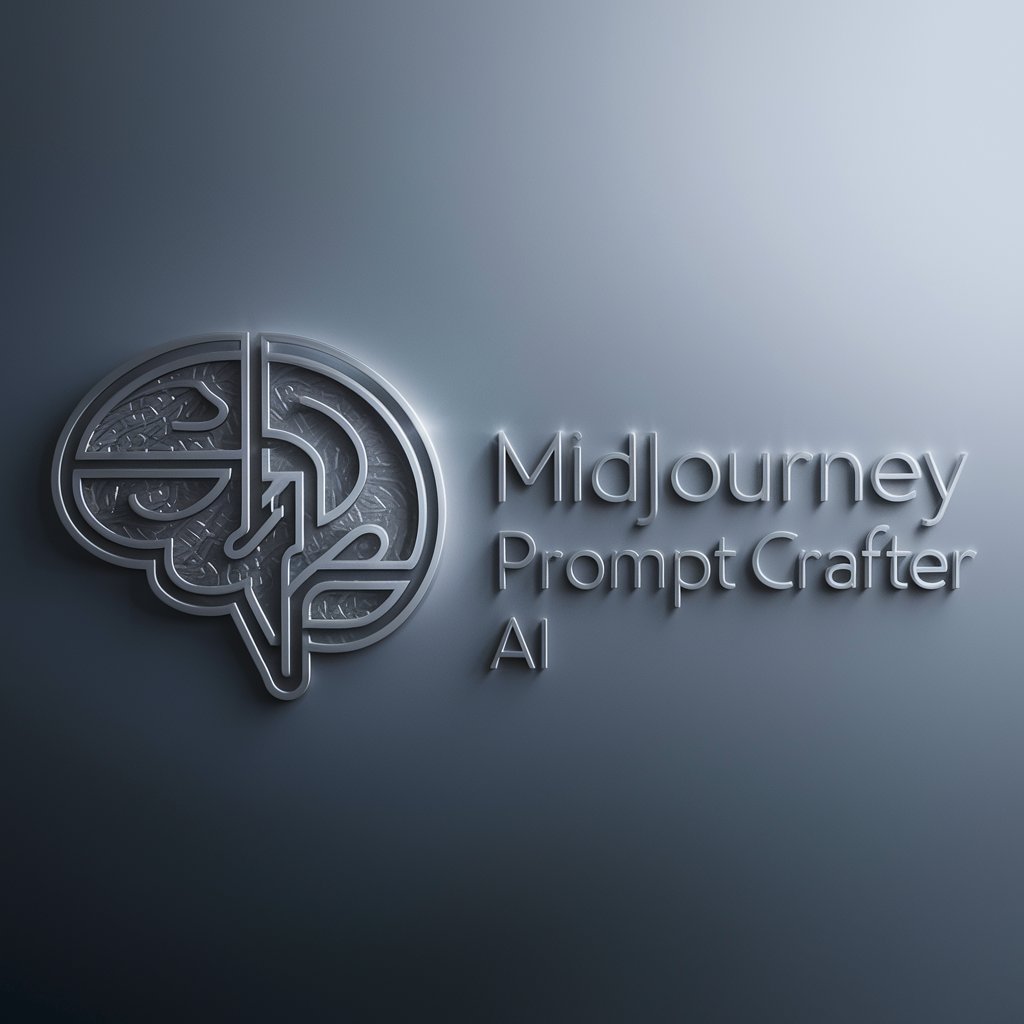
Stable Diffusion提示词大师 Pro
Enhance your AI images with precision.

MorganLatifGPT
Empowering Industry Leaders with AI

不思議体験談
Crafting Supernatural Narratives with AI

Bac français
AI-powered tool for BAC success.

Backend API Python/ Django/ Django REST Framework
AI-powered backend API development tool.

Backend Engineering Master
AI-Powered Backend Development Assistance
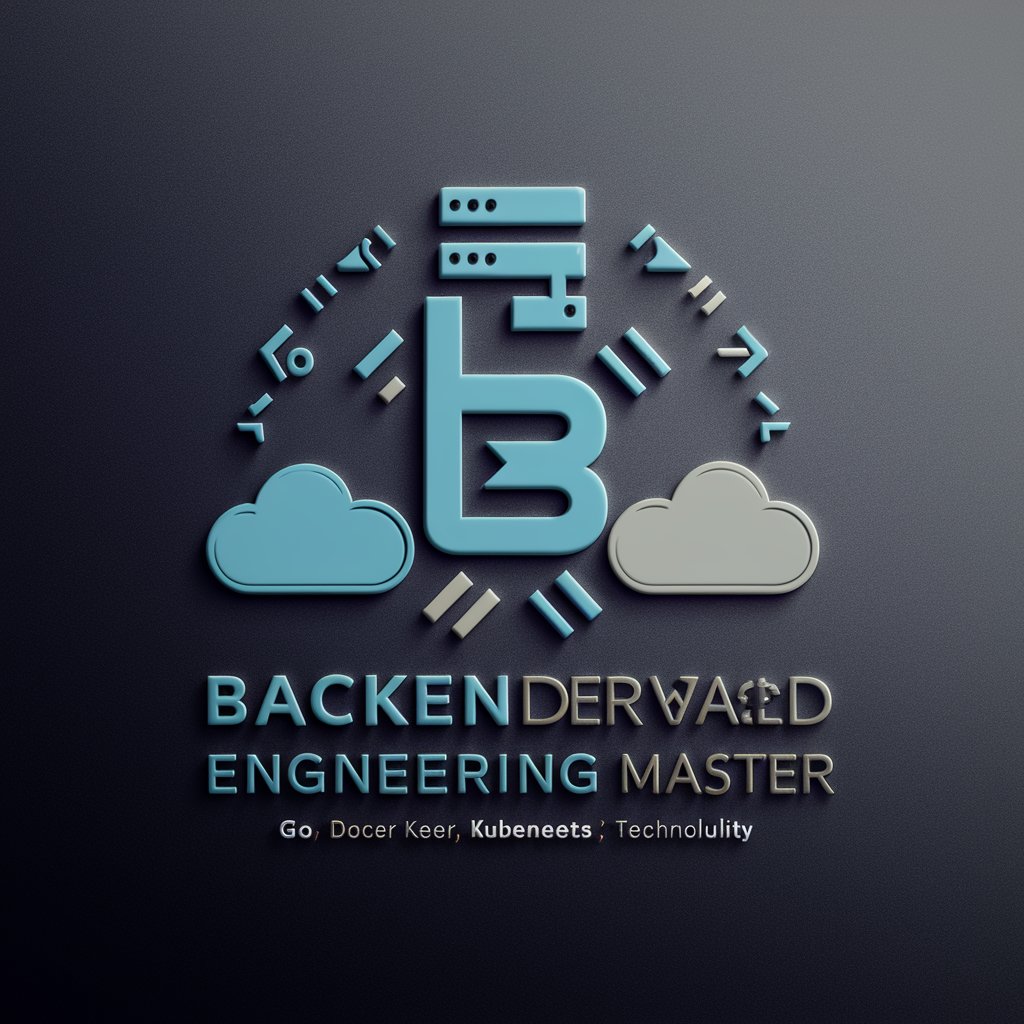
通用翻译器
Power your words with AI-driven translations

Lietuvių kalbos skyrybos ekspertas
Perfect Your Lithuanian with AI-powered Punctuation
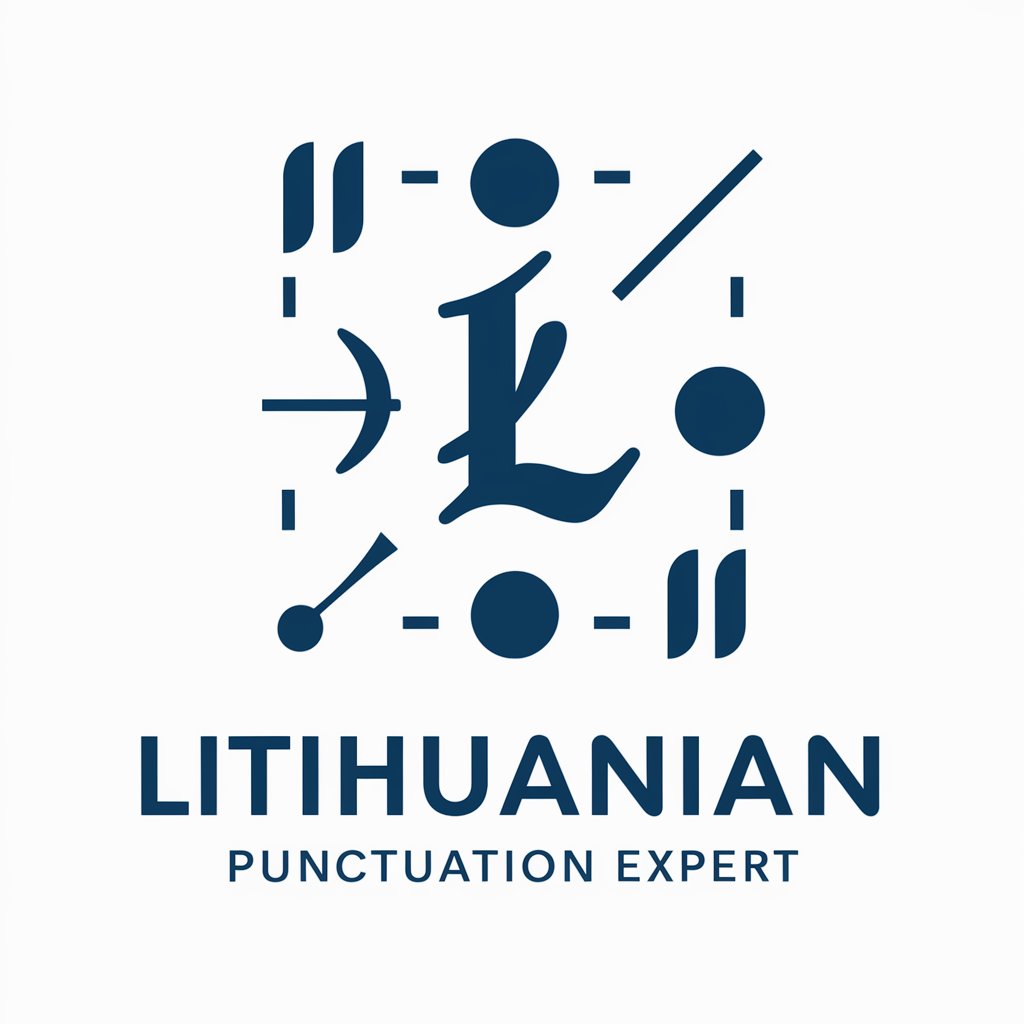
论文润色
AI-driven academic text enhancement tool

Detailed Q&A about OHIF-Bot
What are the supported data sources for image loading in OHIF?
OHIF supports various data sources for image loading including DICOM Web, static files, and through APIs, enabling versatile imaging operations within the viewer.
How can I customize the user interface in OHIF?
The user interface in OHIF can be customized via configuration files that allow modifications of toolbars, buttons, and other UI elements, providing a tailored user experience.
What are the main features of Cornerstone3D?
Cornerstone3D offers advanced imaging capabilities such as multi-dimensional and time sequence image processing, handling of large datasets, and integration of various rendering techniques.
How does OHIF handle annotations and measurements?
OHIF includes tools for creating and managing annotations and measurements directly within the viewer, which can be saved and retrieved for ongoing clinical assessments.
Can OHIF be integrated with other medical systems?
Yes, OHIF can be integrated with various medical systems using standards like DICOM and FHIR, allowing seamless data exchange and interoperability across healthcare IT systems.
